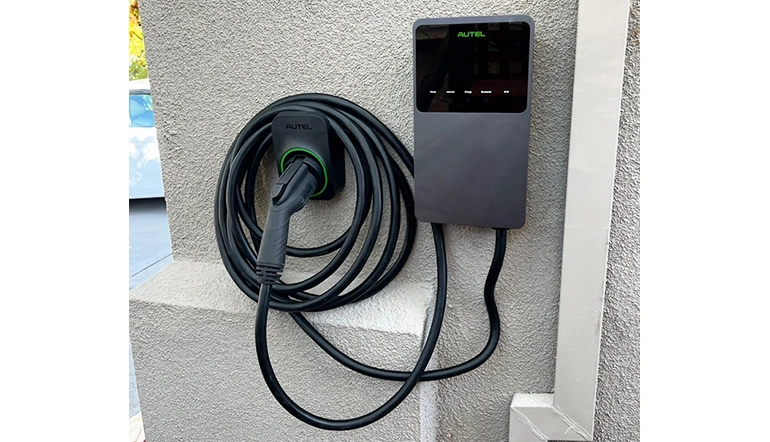More San Jose homeowners are choosing electric vehicles every day. With so many EVs on the road, installing a home charging station makes life much easier. You can simply plug in your car overnight and wake up with a full battery.
Sarah, a local homeowner, felt unsure about the cost and process when she bought her first electric car. But once she learned the key prices and steps, she found a solution that fit her budget perfectly.
Installing an EV charger involves more than just buying the device. You must also think about the type of charger, any electrical upgrades your house might need, permits from the city, and how complex the installation will be. Knowing these details helps you plan your budget without surprises.
This guide breaks down all the costs and gives you useful tips to get your EV charger set up safely at home in San Jose.
When you buy an electric vehicle, choosing the right charger for your home is important. There are two main types: Level 1 and Level 2 chargers. Each has its pros and cons, especially when it comes to cost and charging speed.
These chargers use a regular 120-volt outlet, the same kind you use for most household appliances. You can usually plug it in without any special installation. Level 1 chargers are the most affordable option because you don’t need extra work done on your home’s electrical system. However, they charge slowly—adding about 3 to 5 miles of driving range for every hour of charging. If you drive only a short distance each day, a Level 1 charger might be enough.
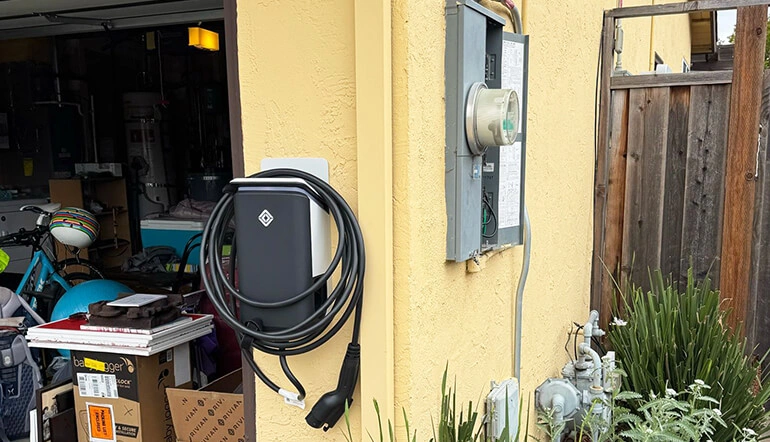
Level 2 chargers use a 240-volt outlet, similar to what your electric dryer uses. They require professional installation because your electrician might need to add a new circuit or upgrade your electrical panel. Level 2 chargers are more expensive upfront because of this work, but they charge much faster. Typically, they add 15 to 30 miles of range per hour. If you drive longer distances or want the convenience of quick charging at home, a Level 2 charger is a great choice.
Choosing between these two mainly depends on your daily driving habits and how fast you want to charge your car. Also, keep in mind that installing a Level 2 charger can increase your home’s value and prepare you for future needs as electric vehicles become more common.
Level 1 chargers use standard household outlets and require no major electrical work, making them the most affordable option. Level 2 chargers need dedicated 240-volt circuits and sometimes electrical panel upgrades, which increase costs.
Many homes, especially older ones, may need electrical panel upgrades to safely support a Level 2 charger. This work, including rewiring and installing dedicated circuits, can add significantly to your budget
San Jose requires permits to ensure installations meet safety standards. Permit fees typically range from $100 to $300. Your electrician usually handles the paperwork to make this easy.
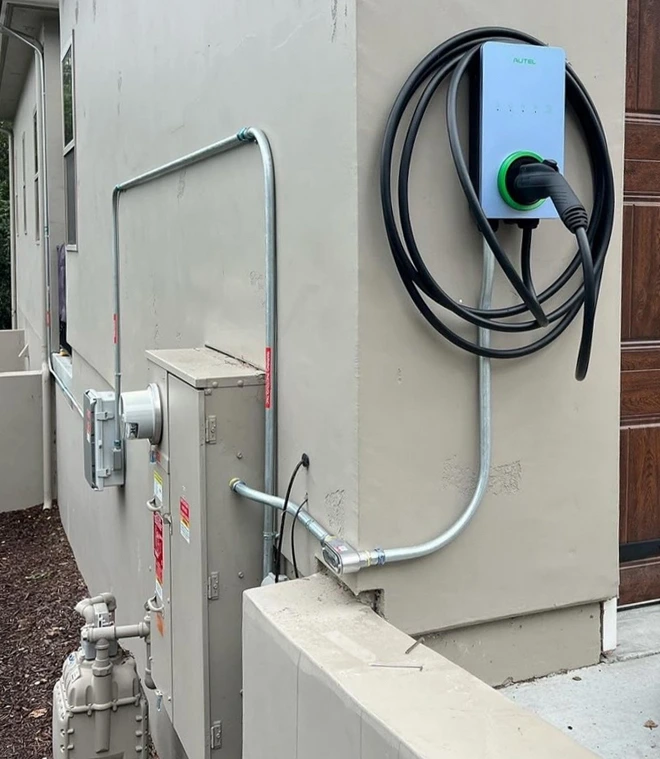
If the charger location is far from your electrical panel or requires trenching and additional conduit, expect higher labor and material costs.
Many San Jose homeowners save money when installing an EV charger by taking advantage of financial incentives and rebates. These programs help lower your upfront costs, making EV ownership more affordable.
One key program was the California Clean Vehicle Rebate Project (CVRP). Although CVRP officially closed in late 2023, it offered generous rebates to Californians who purchased or leased new electric vehicles. Rebates could reach up to $7,000 for low-income buyers and varied based on vehicle type and household income. For typical buyers, rebates ranged from $1,000 to $4,500. These funds helped cover part of both the vehicle and home charger installation costs.
For example, our recent client, Maria, purchased a new electric car in San Jose. Her household income qualified her for a $4,500 CVRP rebate. This rebate, combined with the federal EV tax credit and a local utility rebate, significantly reduced her total cost. Maria was able to install a Level 2 charger with professional help at a price much lower than she initially expected.
Additionally, many utility companies in the Bay Area offer local rebates and incentives for EV charger installations, like those from PG&E and San Jose Clean Energy. These rebates sometimes cover part of the installation cost or offer special rates for EV charger electricity use.
To maximize your savings:
By using these incentives, homeowners like Maria reduce installation costs and enjoy the convenience and environmental benefits of home EV charging with less financial stress.
Planning for an EV charger installation can feel overwhelming if you’ve never done it before. Here are some friendly tips to help you budget wisely, with real-life examples from Smart Wires LLC clients who faced similar situations.
Before you buy any equipment, let a professional electrician check your home’s electrical system. This prevents surprises later on.
We had a client, Jeff, in Saratoga who called us for an early assessment. We sent there our technician who discovered that client’s panel needed a small upgrade. Knowing this upfront helped Jeff budget for the whole project without any last-minute costs.
The shorter the distance between your electrical panel and the charger, the cheaper the installation. Less wiring means lower labor costs.
If you are lucky enough to have your main electrical panel be placed within 3-4 feet from the desired place for your new EV charger, it will save you hundreds of dollars on wiring and make installation smooth and quick.
Think about how you might upgrade in the future. If you’re getting a faster electric vehicle or adding a second one, planning for a stronger Level 2 charger now can save money later.
Our client Maria from Sunnyvale, thinking ahead, opted for a Level 2 charger even though her current EV only needed Level 1 speeds. When she bought a second EV, her charging setup was already ready. She even called us to thank for the early advice to get the Level 2 chager for her first EV.
Ask different electricians for detailed, written quotes to understand exactly what you’re paying for. This helps you avoid surprises and negotiate better prices.
Many of our clients usually have up to three quotes from various electricians before contacting Smart Wires. BTW, usually they found our proposal perfectly balanced in terms of price, quality and warranty. This research gives clients confidence in their choice.
California requires permits for EV charger installs. A permit must be obtained at Building Department of the City. The cost of permit adds to the EV installation project budget, but protects your home and safety. We at Smart Wires usually take care of permits, but you should still budget for this.
By following these tips and learning from the experiences of actual San Jose residents, installing an EV charger at home becomes less stressful and more affordable.
Smart Wires is here to guide you every step of the way. Read our article about what to expect during our EV installation process.
Installing an EV charger at home in San Jose might seem daunting at first, but it doesn’t have to be. Understanding the key factors and budgeting tips can make the process smooth and affordable. Whether you choose a Level 1 charger for slower, simple charging or a faster Level 2 charger with professional installation, you now know what to expect in terms of costs, permits, and upgrades.
Smart Wires LLC is here to help you every step of the way. Our experienced electricians will assess your home’s electrical system, guide you through permits and incentives, and install your charger safely and efficiently. We also help you tap into rebates and financial programs that save you money.
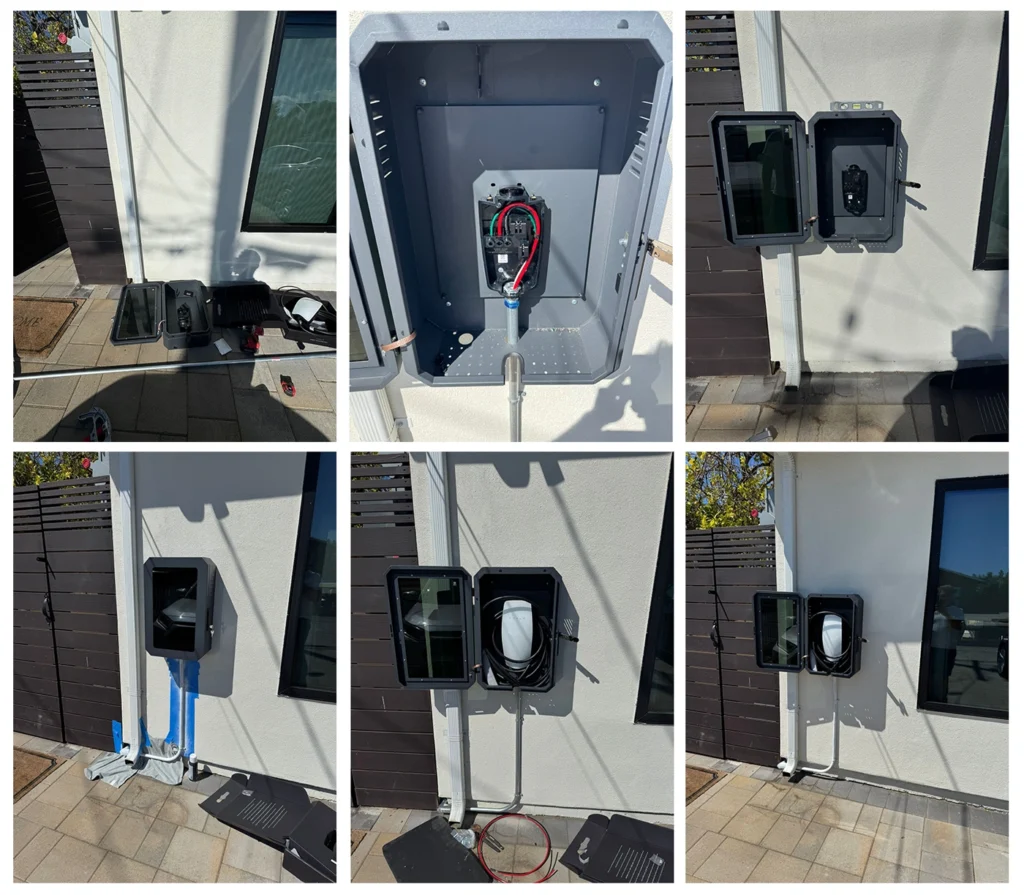
| M | T | W | T | F | S | S |
|---|---|---|---|---|---|---|
| 1 | 2 | 3 | 4 | 5 | 6 | 7 |
| 8 | 9 | 10 | 11 | 12 | 13 | 14 |
| 15 | 16 | 17 | 18 | 19 | 20 | 21 |
| 22 | 23 | 24 | 25 | 26 | 27 | 28 |
| 29 | 30 | 31 | ||||
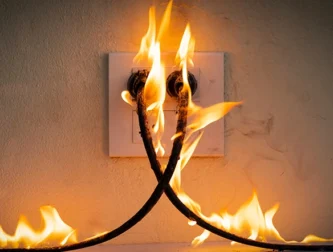
From brightening up your space to preventing threats like electrical f
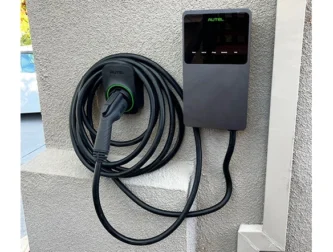
Thinking about installing an electric vehicle charger at home in San J

